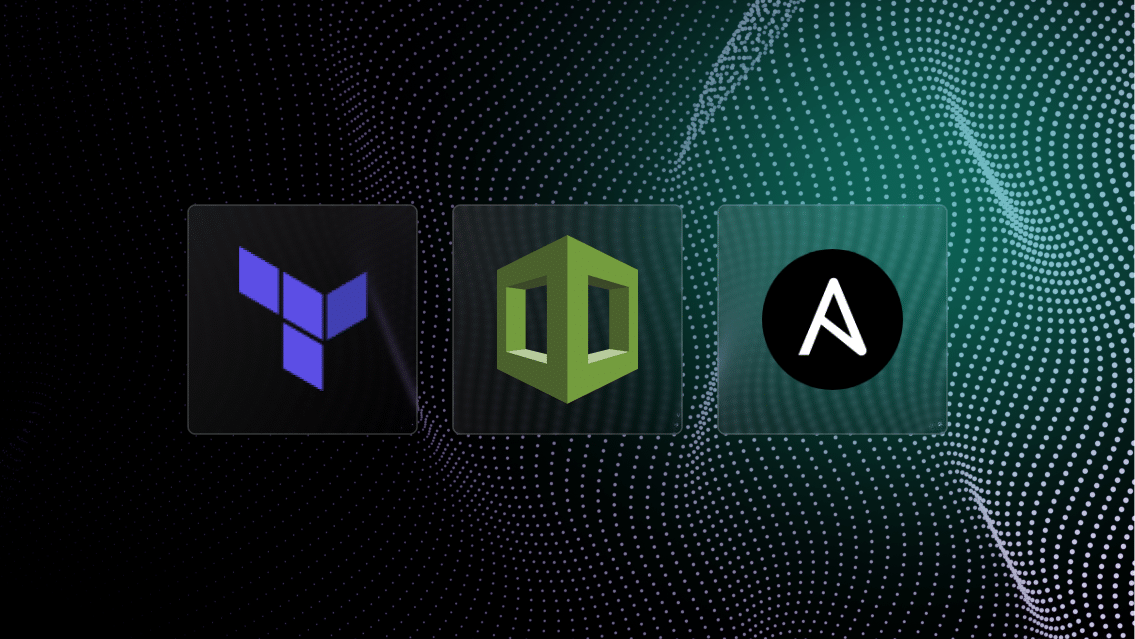Welcome to this month’s roundup of product enhancements for Quali Torque.
If you’re not familiar, Torque is a platform engineering tool that accelerates and simplifies the design, provisioning, and launch of cloud environments for use cases like software development, QA and testing, software demos, and others.
For an introduction to Quali Torque, watch this brief demo:

Here are this month’s updates:
Join our webinar: Practical uses for AI in platform engineering
Last month, we introduced our AI infrastructure orchestration tool which enables users to submit natural language AI prompts to configure the Infrastructure as Code (IaC) and other application resources from their repositories into Environment as Code modules that can be used to provision environments on-demand.
On Wednesday, August 7th, our 30-minute technical demo will walk through that functionality to show how AI-driven infrastructure orchestration can fit into your platform engineering strategy.
To learn more and join the session, sign up here:
Automated Day-2 Operations via Torque Workflows
While Day-2 operations are vital to the successful operation of an application environment, they can be time-consuming and frustrating for the teams responsible for executing them.
Our latest updates to Quali Torque enable administrators to automate the execution of Day-2 actions on a recurring basis.
Torque defines Environments as Code from the Infrastructure as Code (IaC) and other application resources in the user’s repositories. To learn more about how users create these Environment as Code templates, check out this article on AI-driven infrastructure orchestration.
Once the environment template is created, any user can launch it via Torque’s native UI (and/or integrations with their CI/CD tools or Internal Developer Portals).
Once the environment is live, Torque enables Day-2 actions without requiring the user to pause or terminate the environment. This allows users to execute critical actions to ensure the environment is configured and operating correctly to support the application that relies on it.
In our latest update, custom workflows in Torque allow administrators to orchestrate and automate complex processes using YAML-defined actions executed in a specific order. These processes can be triggered by events, schedules, or executed manually.
For example, administrators can create a workflow to gather information about the current power state of Azure VM resources on a recurring basis—say, for example, once every day—then trigger additional workflows to initiate actions based on the VM’s power state.
For detailed information, check out documentation on Torque Workflows here, as well as example use cases for Workflows here.
Support for Terragrunt
Torque supports a variety of IaC tools like Terraform (among others) by normalizing the resource configurations so users can leverage them as part of Torque’s AI-driven orchestration and self-service provisioning catalog.
We recently introduced support for users to leverage Terragrunt’s capabilities for managing Terraform configurations, ensuring efficient and consistent infrastructure deployments.
Customers with existing Terragrunt assets can now use them as part of complete environments in Torque.
Developer Experience Enhancements
Torque provides an easy-to-use launch form designed to remove the complexity required to provision application infrastructure and environments.
The launch form enables users to provision these resources in just a few clicks, with Torque applying default values for details like parameters, security credentials, and cloud tags based on inputs set by the administrator.
To further enhance this developer experience, we recently introduced new functionality to the environment launch form in Torque, including:
- Dynamic inputs from S3 Buckets: Designers of environment blueprints accessible via the catalog can create and manage lists of data is S3 Buckets from various sources and bind them to an input. Users can review a user-friendly list of items.
- Input dependencies: Designers of environment blueprints can define dependencies between blueprint inputs and provide a smoother error-free end-user experience.
Environment Labels
When users launch application environments via Torque, the platform tracks and displays all of those environments—complete with the user who ran it, the time is was launched, its current status, and the time it was terminated.
This helps users understand which environments are live in real-time, while also providing historical data on activity among the team with access to those environments.
To make it easier to find relevant environments, we recently introduced Labels for environments.
For example, users can apply a tag of “Updated” to every environment that has received updates after it was deployed.
Users can then drill-down to that label to view only environments that have been updated so they don’t need to sort through all environments in the list.

